Traditional Sepedi Fashion Showcases Rich Cultural Heritage
Traditional Sepedi Fashion Showcases Rich Cultural Heritage
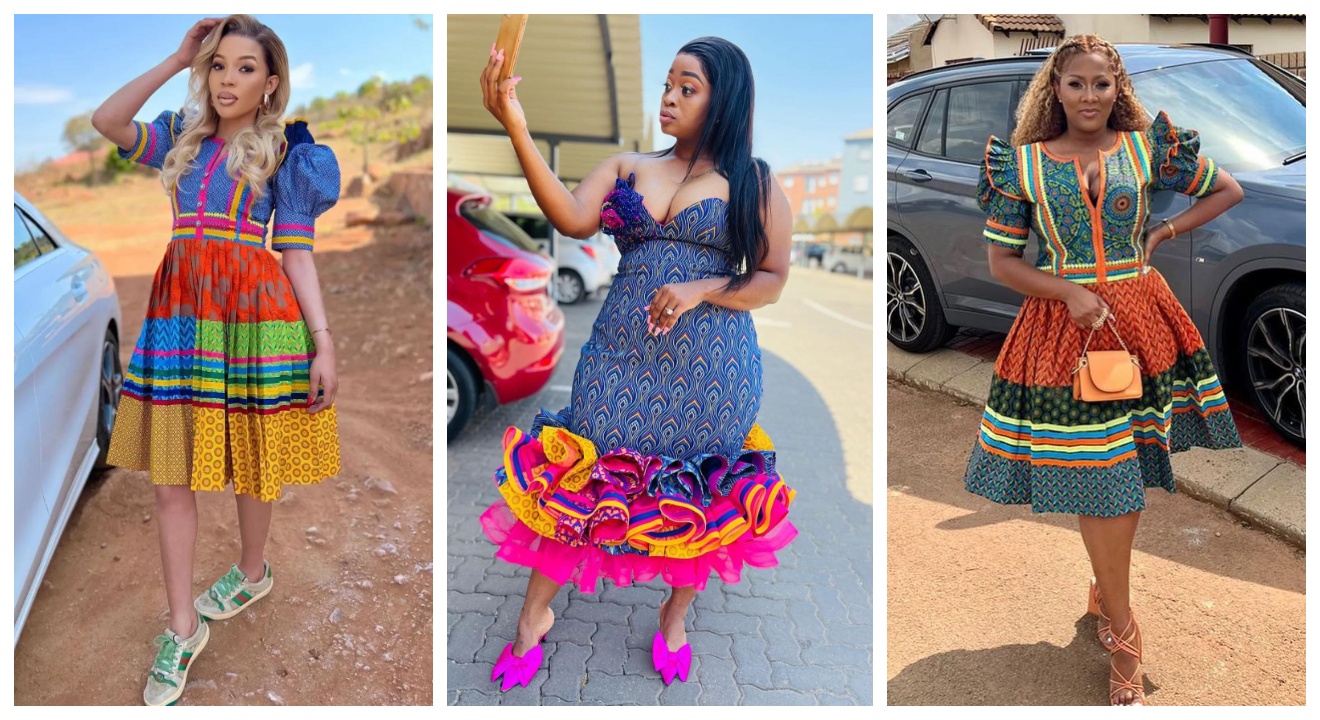
Introduction
Traditional Sepedi fashion is more than just clothing; it is a reflection of a rich cultural heritage. The vibrant colors, intricate beadwork, and traditional designs all contribute to the unique beauty of Sepedi fashion.
Introduction to Traditional Sepedi Fashion and its Importance
Traditional Sepedi fashion holds a significant place in the cultural identity of the Sepedi people. It serves as a visual representation of their history, customs, and beliefs. The clothing items, such as the colorful dresses, beaded necklaces, and intricately designed headwear, are not only worn for special occasions but also worn proudly for daily wear.
By showcasing their traditional fashion, the Sepedi people preserve their cultural heritage and pass it down to future generations. This form of self-expression allows them to celebrate their identity and foster a sense of unity within their community.
Furthermore, traditional Sepedi fashion has gained recognition outside of its cultural context. It has become a source of inspiration for modern designers, who incorporate elements of Sepedi fashion into contemporary clothing and accessory designs. This fusion of tradition and modernity helps to raise awareness and appreciation for Sepedi culture on a broader scale.
In conclusion, traditional Sepedi fashion is not just about clothing; it represents the pride, history, and cultural heritage of the Sepedi people. By embracing and showcasing their traditional fashion, the Sepedi community keeps their traditions alive and shares their unique identity with the world.
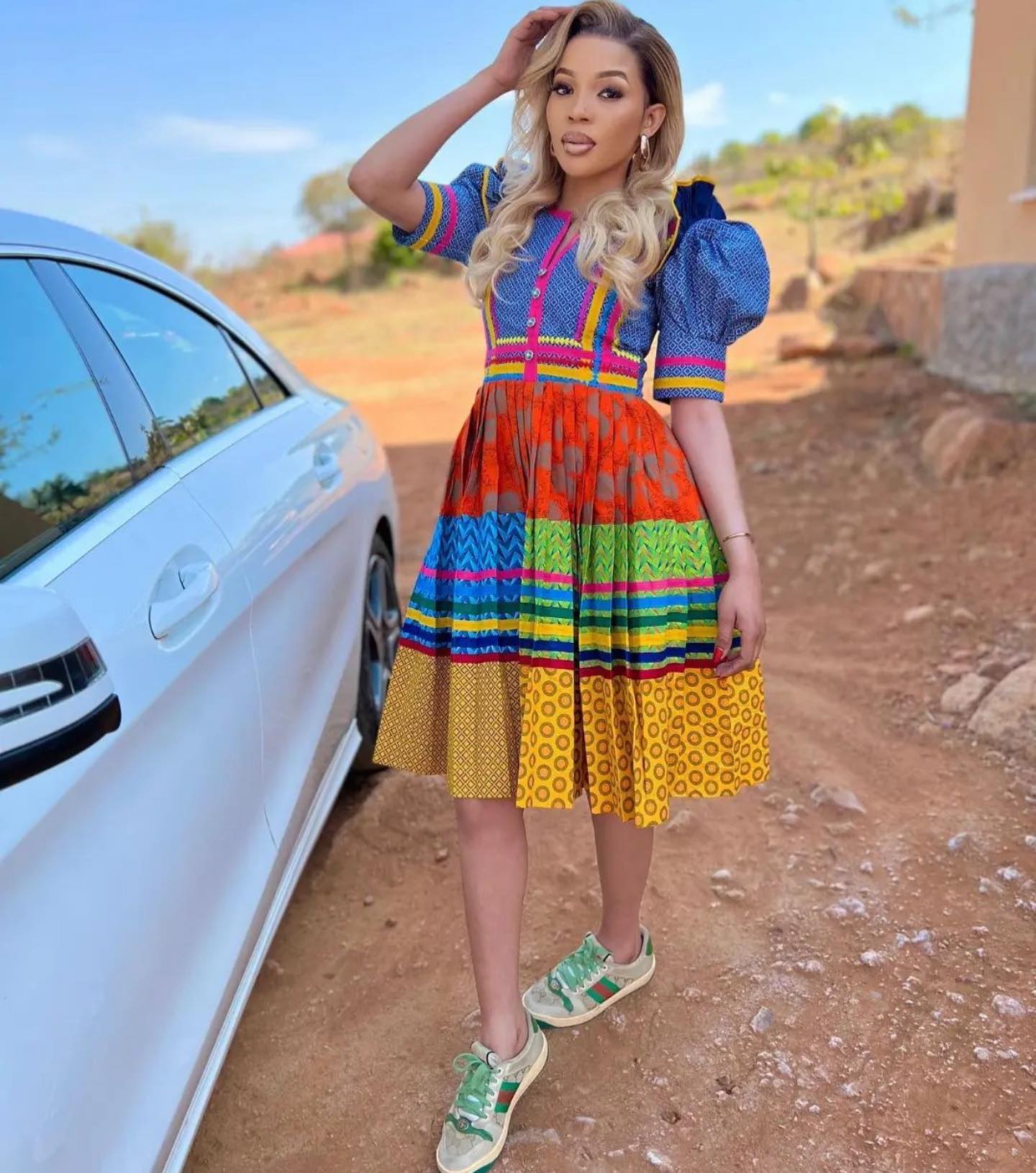
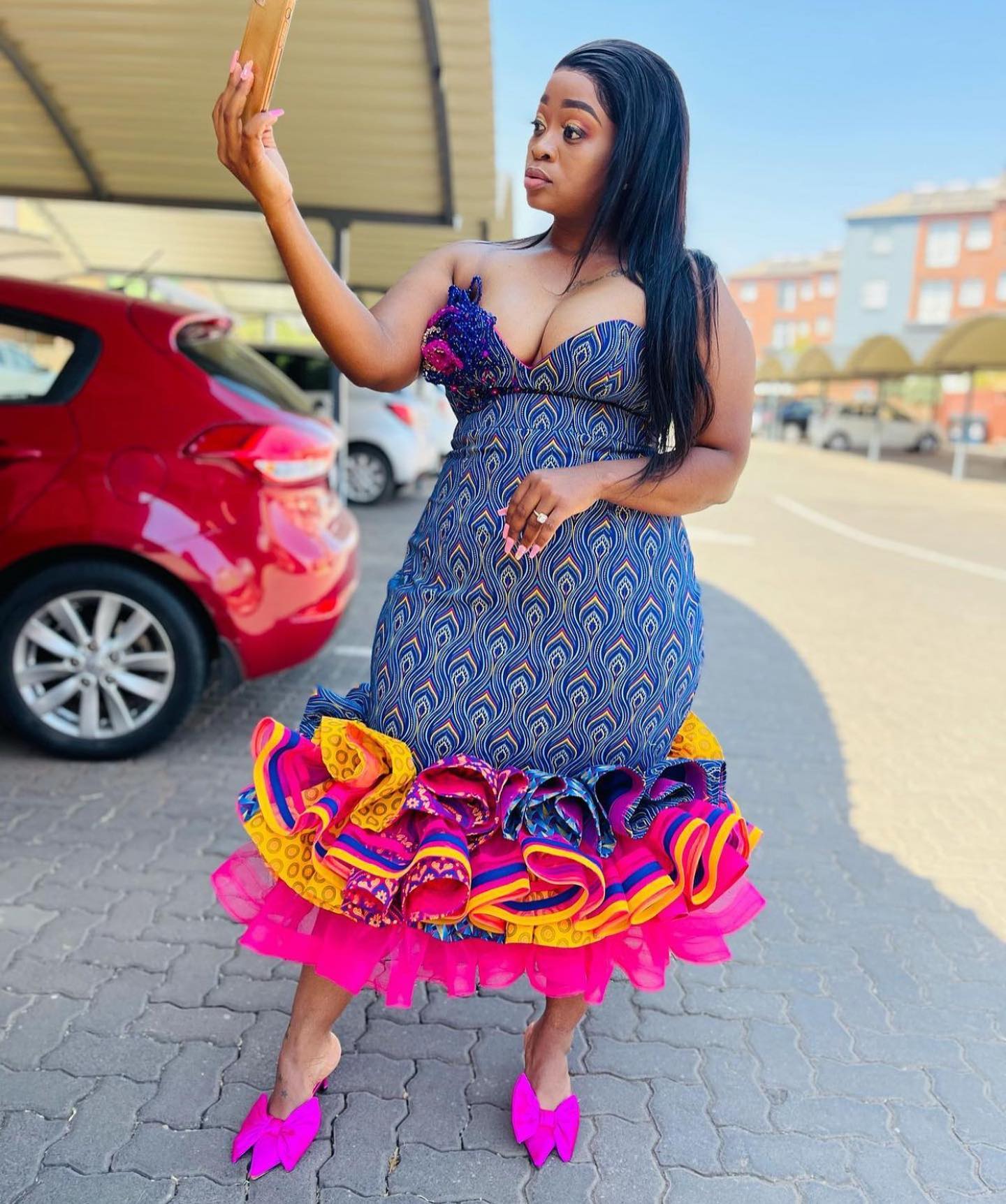
Traditional Sepedi Attire
Significance of Traditional Sepedi Attire
Traditional Sepedi attire holds great significance in showcasing the rich cultural heritage of the Sepedi people. The attire embodies the history, traditions, and beliefs of the community, serving as a visual expression of their identity and pride. Wearing traditional clothing during special occasions such as weddings, initiation ceremonies, and cultural festivals is a way for the Sepedi people to honor their ancestors and preserve their cultural heritage.
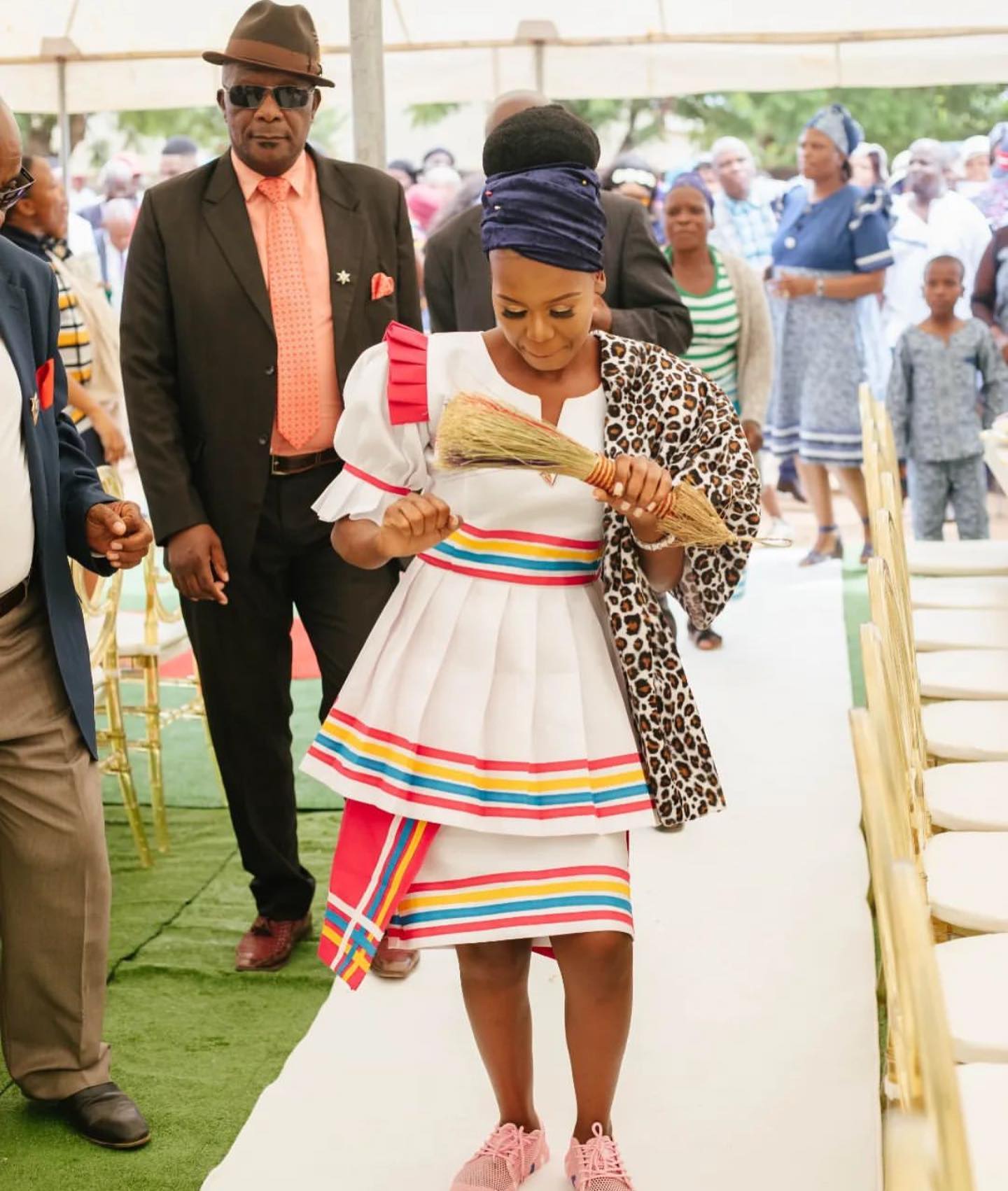
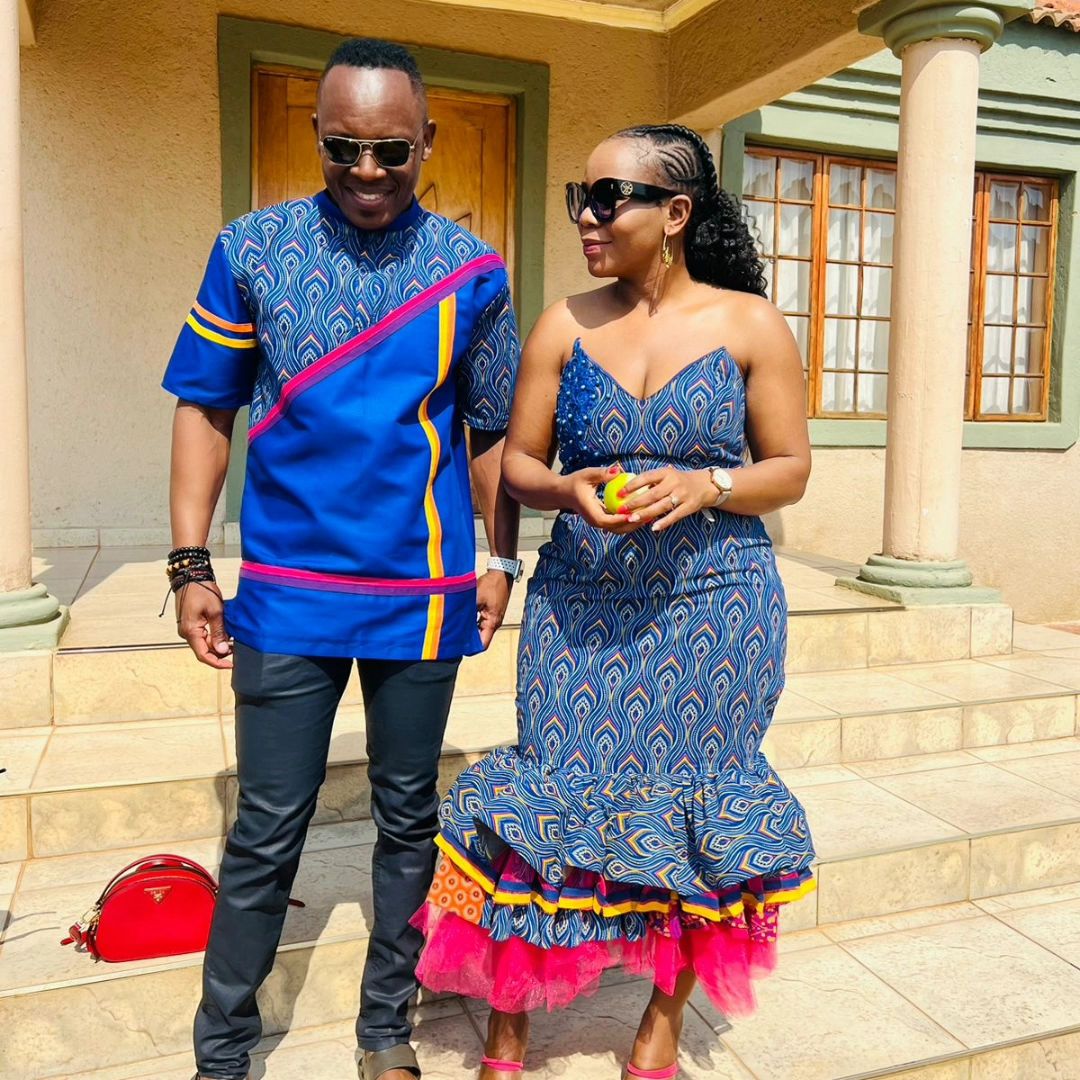
Different Styles and Designs of Traditional Sepedi Clothing
Traditional Sepedi clothing encompasses a wide range of styles and designs that vary based on gender, age, and the occasion. Women often wear beautifully embroidered dresses called “leteisi” or “makoti,” which feature vibrant colors and intricate patterns. These dresses are typically accessorized with beaded jewelry, headpieces, and shawls.
For men, traditional Sepedi attire consists of a shirt called “khubedu” or “moriana” and matching pants called “sekwere.” These garments are often adorned with decorative elements such as embroidery or beadwork. Men may also wear a traditional hat known as “dipudi” to complete their outfit.
Overall, traditional Sepedi attire is not just clothing, but a representation of cultural pride and heritage. Through the vibrant colors, intricate designs, and meaningful symbols, Sepedi people continue to celebrate their traditions and pass them down to future generations.

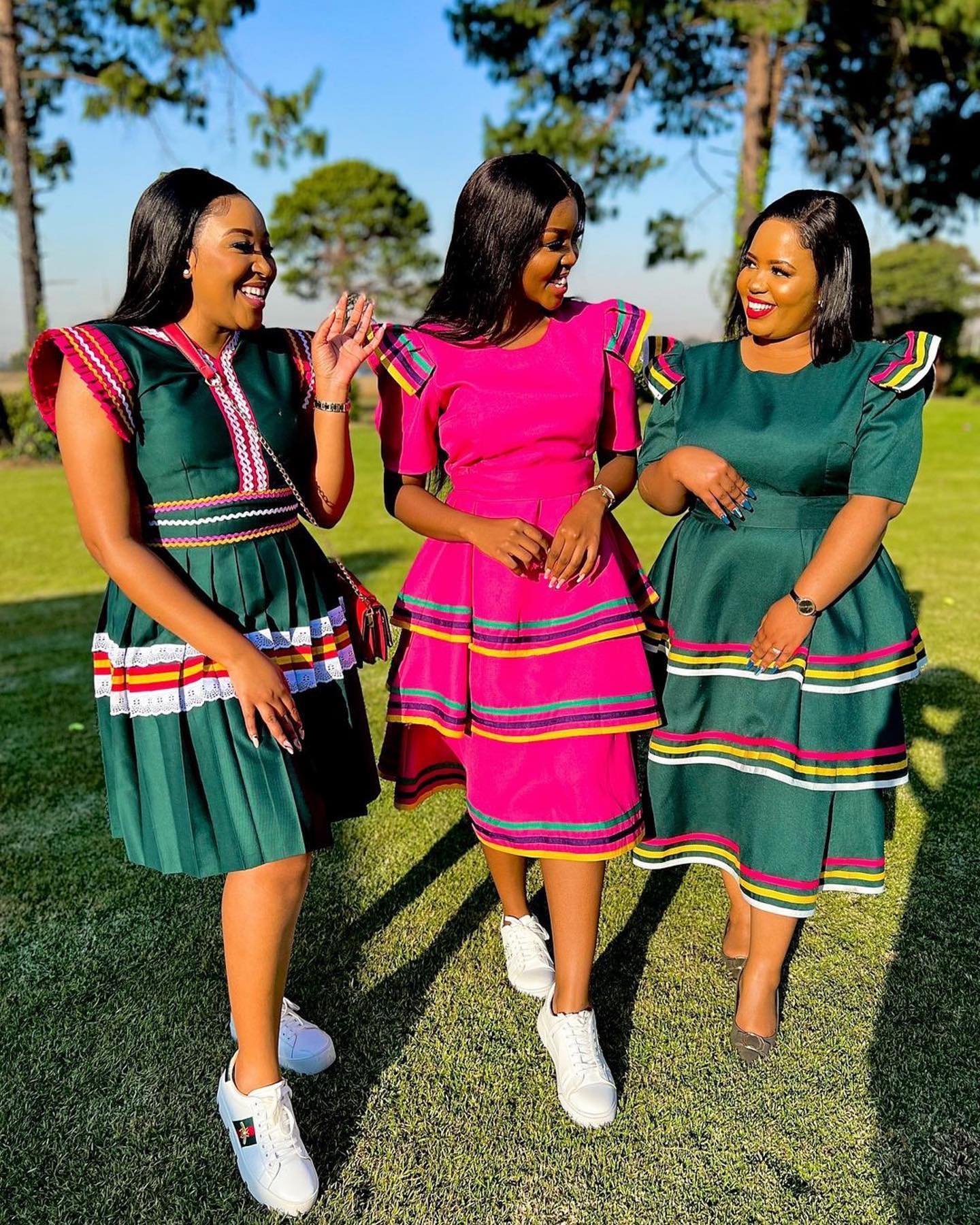
Accessories in Traditional Sepedi Fashion
Traditional Sepedi Jewelry and its Cultural Significance
Traditional Sepedi fashion is known for its vibrant and intricate jewelry. These accessories not only enhance the beauty of the outfit but also hold significant cultural meaning. Jewelry in Sepedi culture is worn not just for aesthetics but to symbolize status, wealth, and identity. They are often made from materials such as beads, shells, and metals, and are crafted with great skill and artistry. Each piece tells a story and reflects the rich cultural heritage of the Sepedi people.
Traditional Sepedi Headgear and its Importance
Headgear plays a vital role in traditional Sepedi fashion, adding a touch of elegance and uniqueness to the attire. The headgear, known as “Dikuku,” consists of intricately woven patterns and colors that vary depending on the occasion and the individual’s age or marital status. It is worn as a symbol of pride and respect for the Sepedi heritage. The headgear also serves as a way to distinguish between different clans and families within the community, highlighting the diversity and unity of the Sepedi culture.
In summary, accessories in traditional Sepedi fashion are not mere adornments, but a reflection of cultural significance and heritage. From the intricate jewelry to the beautifully crafted headgear, these accessories add depth and meaning to the overall attire, celebrating the rich traditions of the Sepedi people.

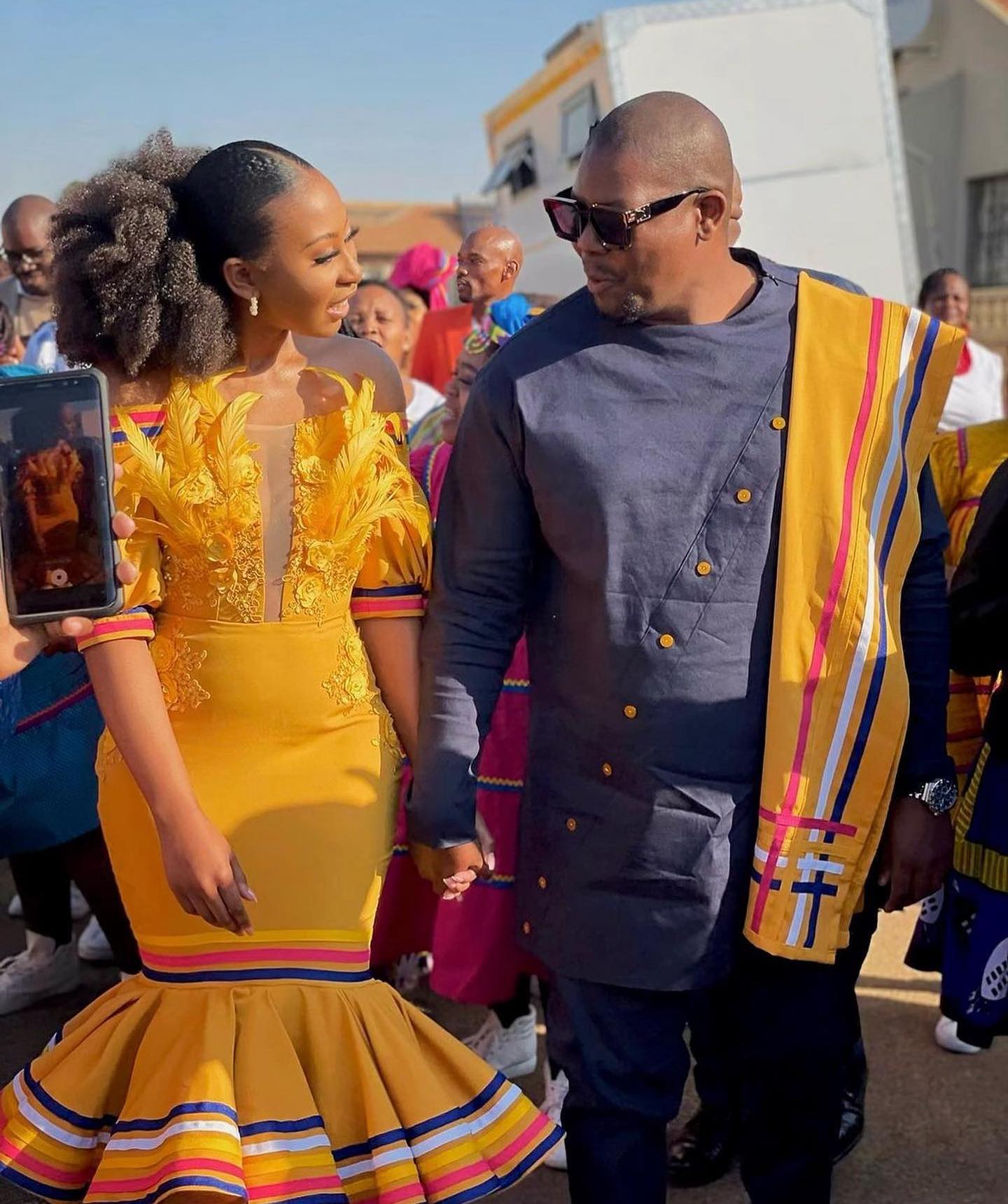
Traditional Sepedi Fashion for Men
In the vibrant world of South African fashion, Traditional Sepedi Fashion stands out with its rich cultural heritage. With a unique blend of patterns, colors, and designs, Sepedi men’s clothing is a true reflection of the tribal traditions and customs.
Sepedi Men’s Clothing and its Unique Features
Traditional Sepedi attire for men primarily consists of colorful and intricately patterned garments. The most iconic piece is the colorful blanket, known as “Thicka.” This blanket is worn over the shoulders and is often adorned with elaborate beadwork. Additionally, men wear long shirts called “Mokhuba” and pants called “Mokgalapa.” Each garment is carefully crafted with attention to detail, showcasing the artistry and skill of the traditional Sepedi fashion.
Traditional Sepedi Male Accessories
To complete their ensemble, Sepedi men accessorize with various traditional items. These include hats made from animal skins, beads, and feathers. They also wear traditional sandals known as “Mokhubolotho” and carry walking sticks, often beautifully carved and decorated. These accessories not only add to the overall aesthetic appeal but also hold significant cultural and symbolic meanings.
Traditional Sepedi Fashion for men is not only a way to express pride in one’s culture but also serves as a reminder of the rich history and traditions of the Sepedi people. It is a beautiful showcase of craftsmanship, creativity, and the enduring cultural heritage of the South African tribe.
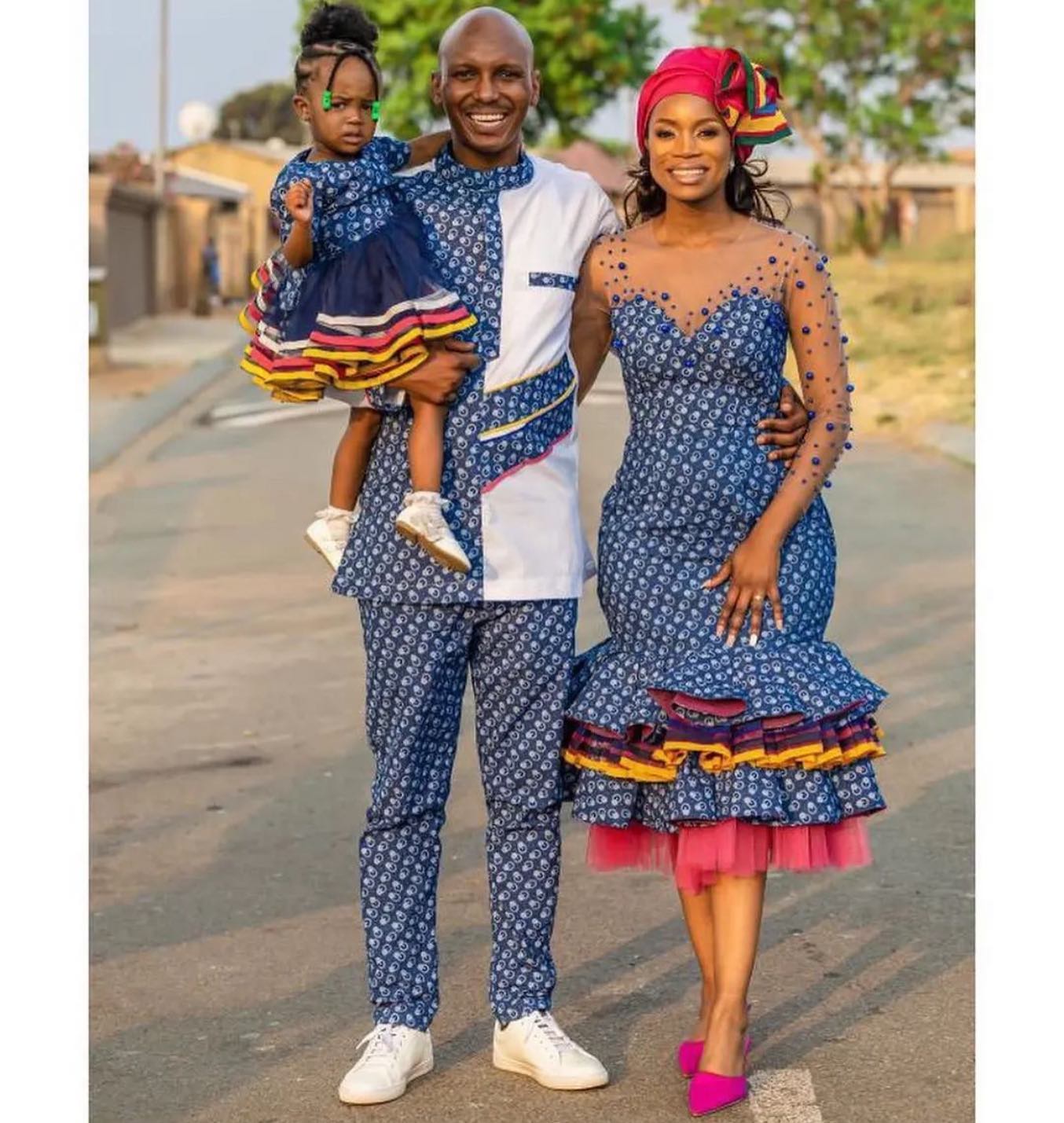

Traditional Sepedi Fashion for Women
Sepedi Women’s Clothing and its Distinctive Elements
Traditional Sepedi fashion for women is a celebration of the rich cultural heritage of the Sepedi people in South Africa. The attire is known for its vibrant colors, intricate patterns, and unique designs. The clothing typically consists of a dress or skirt made from colorful fabric with detailed embroidery or beadwork. The patterns and colors used in the garments often reflect the natural beauty and cultural symbolism of the region.
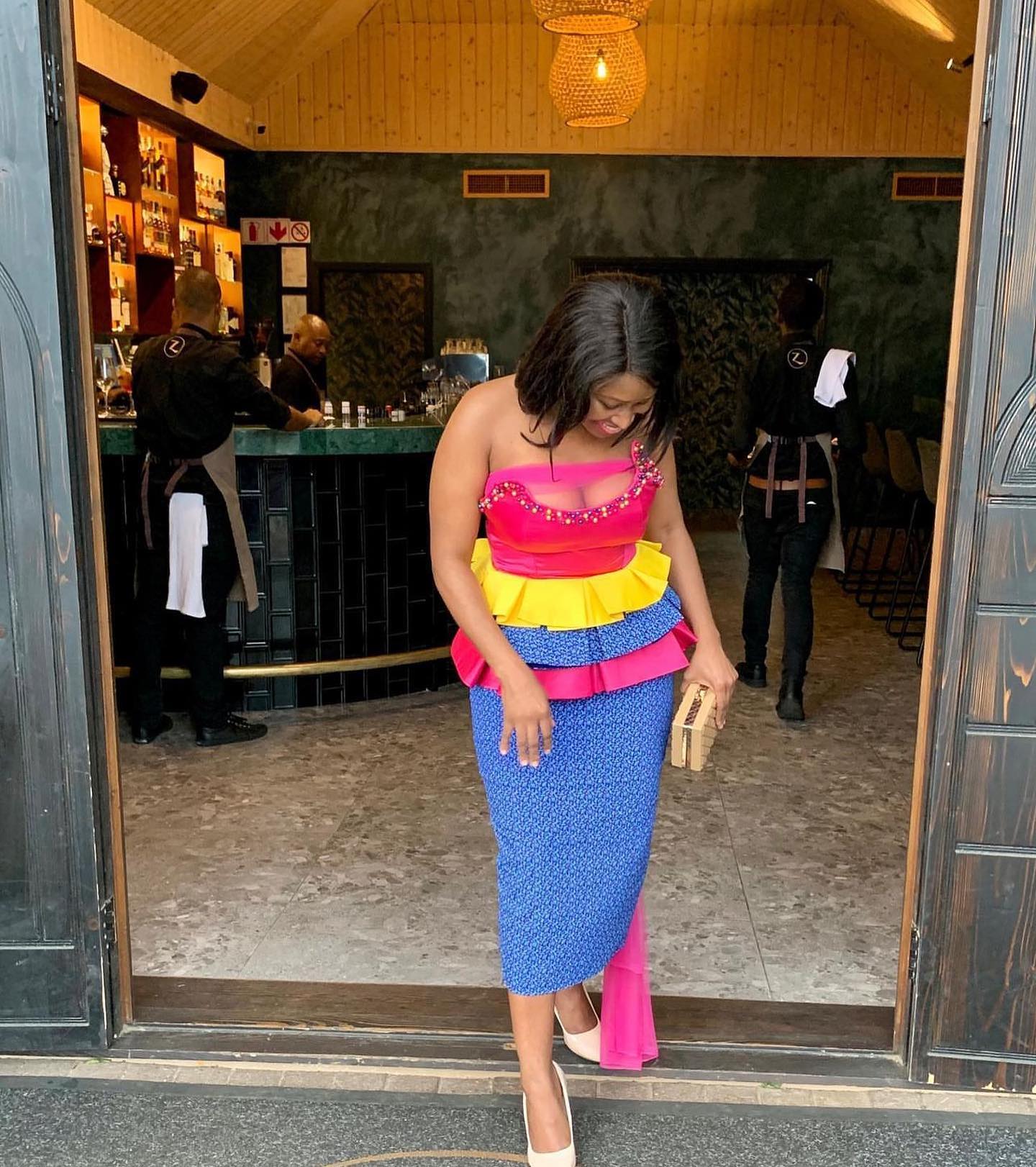
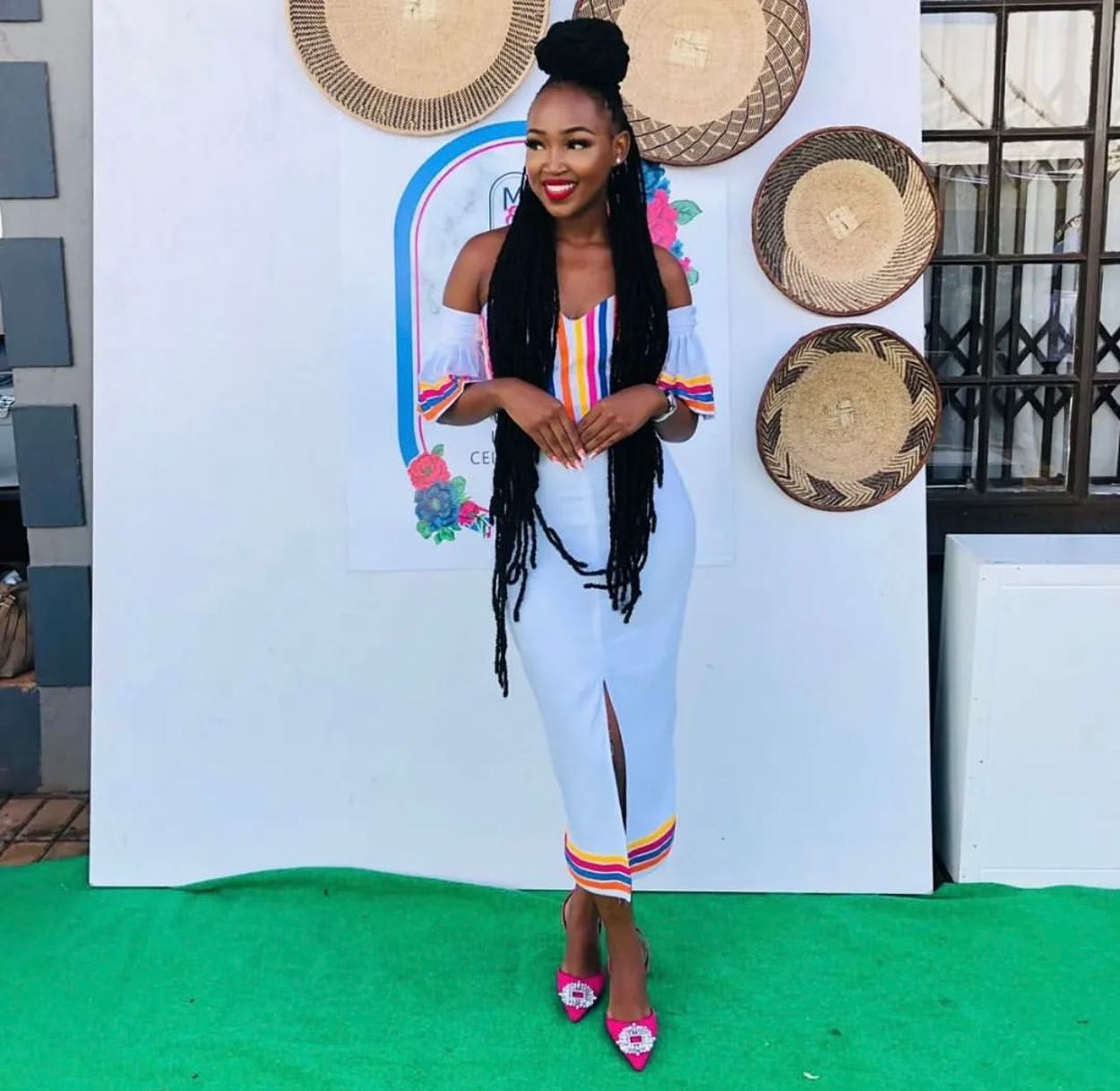
Traditional Sepedi Female Accessories
In addition to the clothing, traditional Sepedi fashion for women also includes various accessories that further enhance the overall look. Some common accessories include beaded necklaces, bracelets, and earrings, as well as headpieces or turbans adorned with beads or feathers. These accessories not only add a touch of elegance and uniqueness to the outfits but also hold cultural significance and serve as a way to honor the traditions of the Sepedi people.
Whether worn for special occasions, cultural festivals, or everyday wear, traditional Sepedi fashion for women showcases the pride and beauty of the Sepedi culture. It is a way for women to express their identity, embrace their heritage, and keep their traditions alive. Through their clothing and accessories, Sepedi women create a visual representation of their cultural values, history, and sense of belonging.
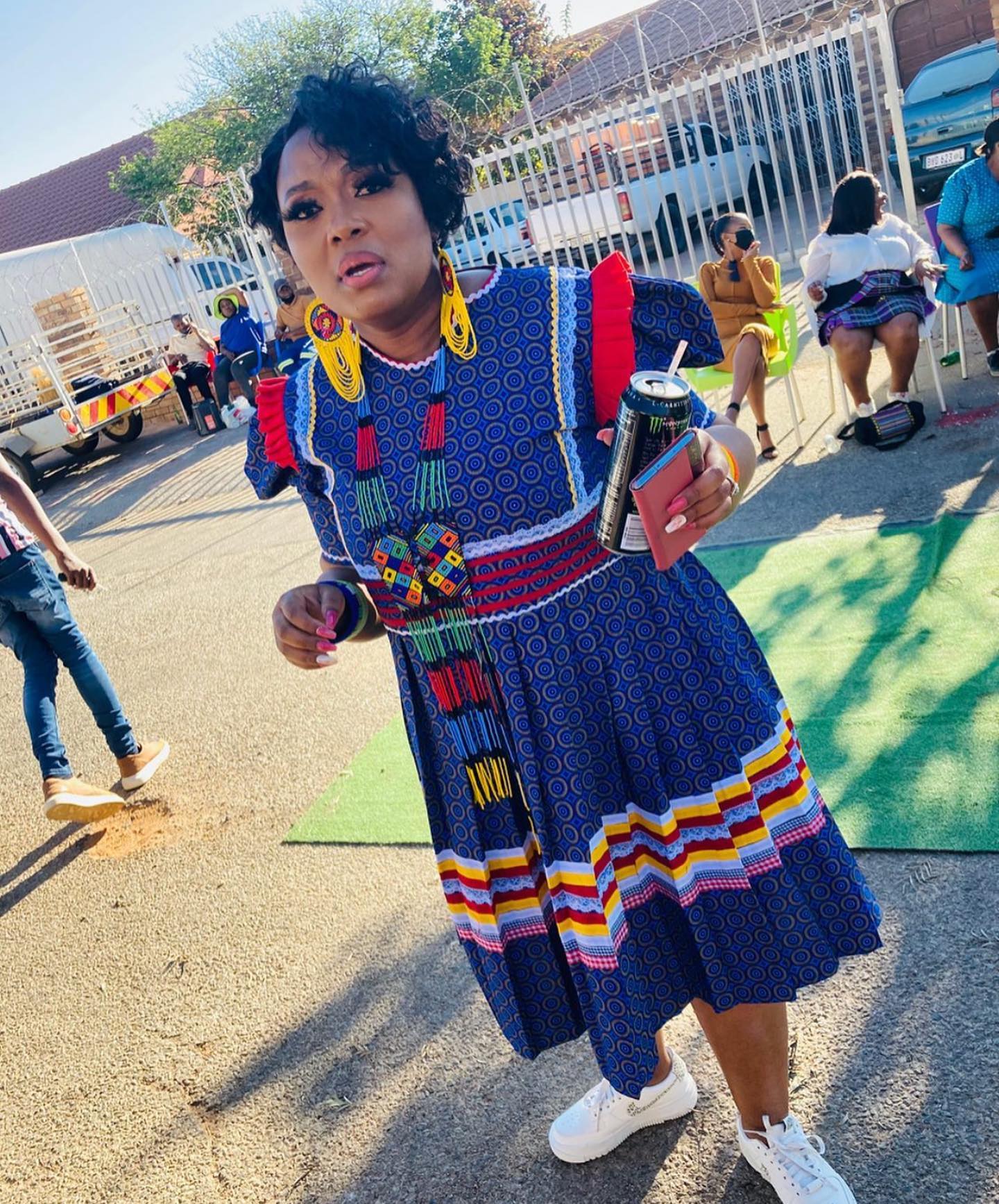
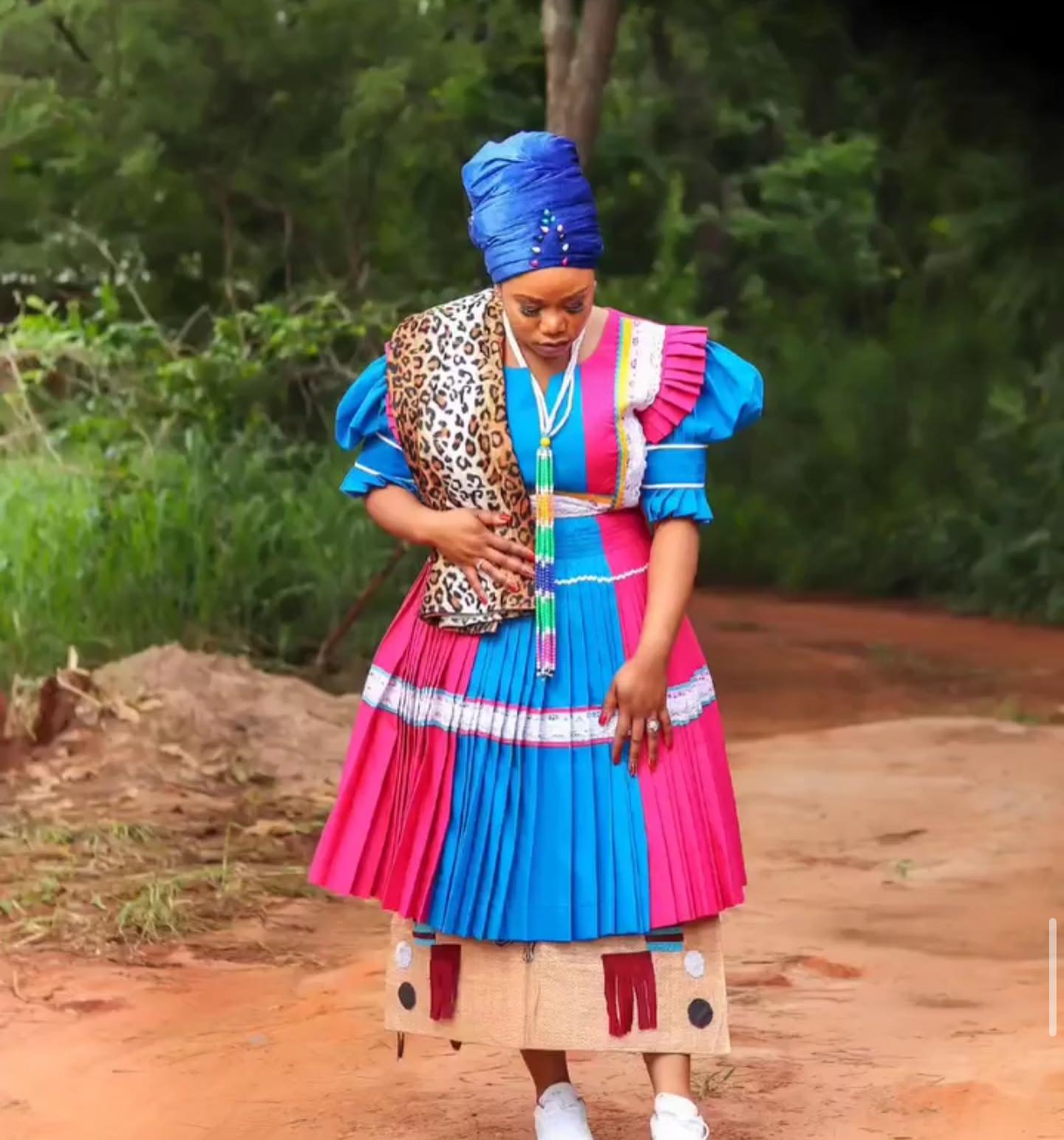
Traditional Sepedi Fashion Showcases Rich Cultural Heritage
Impact of Traditional Sepedi Fashion on Cultural Identity
Traditional Sepedi fashion is more than just clothing; it is a powerful representation of South Africa’s rich cultural heritage. The vibrant colors, intricate designs, and unique patterns all hold deep significance and reflect the traditions and customs of the Sepedi people.
The impact of traditional Sepedi fashion on cultural identity is immense. Through their attire, members of the Sepedi community can express their pride and connection to their roots. Each garment tells a story and serves as a reminder of the values and beliefs that have been passed down from generation to generation.
Not only does traditional Sepedi fashion showcase cultural heritage, but it also plays a crucial role in preserving and promoting it. By embracing and celebrating their traditional clothing, the Sepedi people are ensuring that their customs and traditions are not forgotten. They are passing on their knowledge and skills to future generations, instilling a sense of pride and belonging.
Furthermore, traditional Sepedi fashion has gained recognition and appreciation beyond its cultural significance. Its unique aesthetics and craftsmanship have caught the attention of the fashion industry worldwide. Designers and fashion enthusiasts alike are inspired by the beauty and artistry of Sepedi garments, incorporating elements into contemporary designs.
In conclusion, traditional Sepedi fashion serves as a powerful symbol of cultural identity and heritage. It not only allows the Sepedi community to express their pride and connection to their roots but also plays a vital role in preserving and promoting their customs and traditions. Through their rich and vibrant attire, the Sepedi people continue to captivate and inspire the world with the beauty of their cultural heritage.
Comments are closed.